Patola Silk Saree: A Heritage Weave Loved by Modern Women

Patola Silk Saree: An Elegant and Traditional Indian Weave of Timeless
Indian women consider Patola silk saree, a symbol of opulence, heritage, and glorious craftsmanship, to be extremely special. It is a traditional masterpiece dating from a town called Patan in Gujarat, India and is famous for its elegant colours, careful patterns and ingenious way in which it is woven. The Patola Silk Saree is not a garment; it brings the cultural richness and craftsmanship that has been handed down from generation to generation.
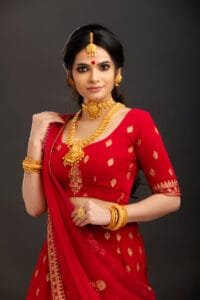
Understanding the Patola silk saree is beyond just the origins to its painstaking process of making it, its crowing presence in Indian culture, to the continuous honour and reverence it causes every woman in India; in this comprehensive exploration of the Patola silk saree, we will get to know the hearts behind this beauty.
The Patola Silk Saree originates
The Patola was a type of silk saree that has deep roots in the old town of Patan in Gujarat, a centre of saree production for centuries. The Patola saree is even older, taking its history down to the 11th century right under the reign of the Solanki dynasty. According to this belief, Salvi weavers from Maharashtra and Karnataka brought in the art of weaving the Patola sarees to India. Eventually the craft found favour in Gujarat, where…
Royal families of Gujarat used to esteem the Patola sarees and queens and noblewomen used to wear them. These sarees were auspiciousness, and they were worn during the special functions or festivals. The Patola silk saree was an art form that has been synonymous with luxury, prestige and fine craft, and one of the most sought after textiles in India.
Patola Silk Sarees are churned out through the Unique Weaving Technique.
The technique in making this Patola silk saree is one of the fascinating things about it. The double ikat technique is an incredibly labor intensive process through which patola sarees are created. Ikat is a method of resisting dyeing fibers then weaving them into a fabric. In double ikat, the warp (vertical threads) and the weft (horizontal threads) are separately dyed according to a predetermine design, then they are woven together.
Alignment of the dyed threads to create the intricate patterns, is an astonishing precision. The process itself can be anywhere from six months to a year depending on the architectural complexity. Patola silk sarees take a painstaking effort for that reason, which makes the sarees valued as family heirlooms that can be passed down through generations.
Designed on the symmetrical and reversible (in the sense that the saree looks the same on both faces), Patola silk sarees also have designs. How can you help ensure the weavers get a great job so the patterns are all perfectly aligned? This is a testament to their skill in successfully achieving that. Geometric shapes, flowers, birds, animals and traditional objects such as elephant, parrot and dancing girl are the most common motifs used on Patola sarees.
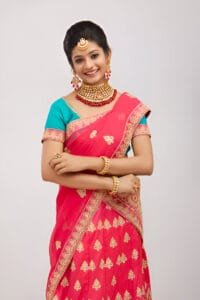
Perils of Patola Silk Sarees in Indian Culture
Patola silk saree has immense cultural and religious importance in India, specially in Gujarat. The most commonly encountered symbolism of it is purity, prosperity, and marital bliss. Before, brides used to wear Patola sarees on wedding and special religious ceremonies. In addition, women were gifted with them as a sign of respect and honor at important life events.
The Patola saree is part of the ‘trousseau’, bridal collection in Gujarat. In Indian culture many brides choose red, green and yellow, which are lucky colours. Patola silk saree is a favorite saree used in festive occasions when it is used to symbolize good fortune, happiness adorned in intricate patterns and rich silk fabric.
Also, Patola sarees have been handed down from generation to generation as a family heirloom, a symbol of tradition and heritage. Packing a Patola silk saree doesn’t mean you are saying that you are proud of it but it’s a statement of your historical attachment to craftsmanship.
Half Saree Models: A Fashion Trend Every Indian Woman Should Know
The Types of Patola Silk Sarees
Two mainly types of Patola silk saree are: Rajkot Patola and Patan Patola. Both are known for their great colorful and complex looks, but they are quite different.
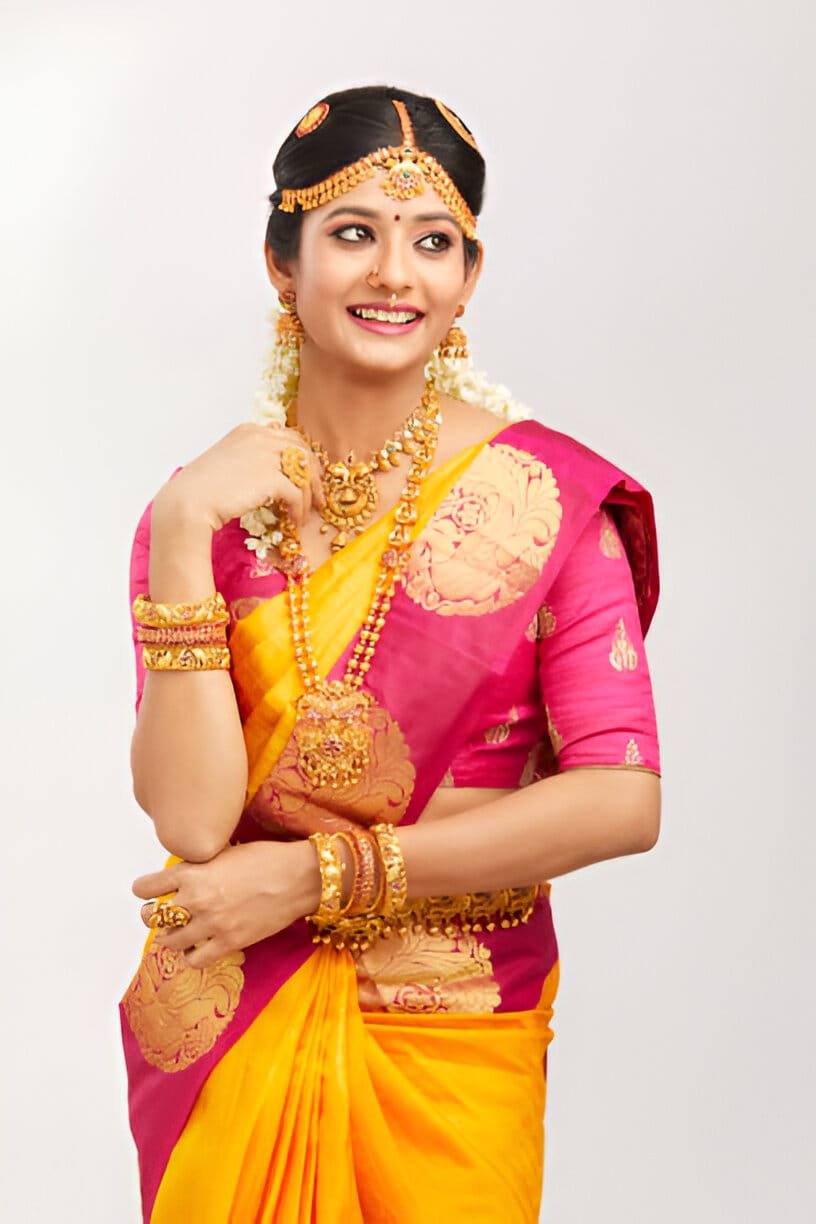
1. Patan Patola
Patan patola sarees are woven by this double ikat technique and are considered more traditional, authentic style of patola sarees. Specially for these sarees are complex geometric patterns and symmetrical designs. Patan Patola saree’s making is a time taking process and it may be several months to complete one saree. Patan has a reputed family of Salvi’s which is known for this art form and they have been preserving the craft generations now.
2. Rajkot Patola
The difference between the other is Rajkot Patola sarees are woven with a single ikat technique. Under this method, only weft threads are dyed and there is dyed weft yarn. Rajkot Patola sarees may be less time consuming to produce than Patan Patola but are just as appreciated for the high standards of workmanship and bright colors. Rajkot Patola sarees are floral or nature inspired.

A Patola Silk Saree Making Process
A Patola silk saree is a labour of love and takes several stages to create, each painstakingly needing to be near perfect. Below is a step-by-step breakdown of the process:
1. Selection of Silk Threads
The saree is woven on high quality silk threads. Softness and durability is what makes the silk used in Patola sarees famous. After cleaning, the threads are treated in order to remove any impurities.
2. Dyeing the Threads
Double ikat Patola sarees are where both the warp and weft threads are first dyed separately before weaving. Then cotton strings thread the piece and the part not prepared for dyeing, in order not to be dyed. That is, “resist dyeing” in which the threads are woven together to build specific patterns.
3. Aligning the Threads
On this loom they slowly line up and get the threads dyed meticulously. And this is one of the most important steps in the process since even a little bit of misalignment might create a faulty pattern. The weaver glances across the saree to match the dyed sections of the threads together carefully so that the design sits symmetrical on both sides of the piece of cloth.
4. Weaving the Saree
It starts when the incoming threads are aligned. The weaver works very preciously interlacing the warp and weft threads according to pattern which is pre determined. By weaving the design into the fabric with the help of the double ikat technique, rather than printing or embroidery them on top of the surface, it provides a unique combination of weavings of design and dye.
5. Finishing Touches
Once the saree is woven, it is washed, ironed (and sometimes given decorative elements of zari (gold or silver thread) to add more shine) and ready to be purchased.
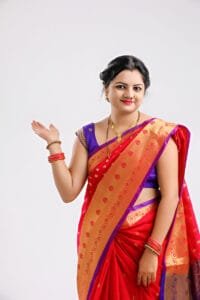
Contemporary fashion in Patola Silk Saree
However, A Patola silk Saree is a traditional garment but it has got its place in modern fashion. The Patola sarees have gained immense popularity among designers and fashion lovers and have been adopted by them to add a certain sophistication to more of a contemporary styles. The Patola silk is also a done global symbol of Indian craftsmanship, and celebrities, influencers and even an international fashion show has shown the beauty of Patola silk around the world.
Today, today the Patola Silk Saree is not only being worn at weddings and religious functions but also for office, corporate soirees and parties. Its versatility also allows it to integrate contemporary design decorations with classic touches making it fit for both young and old women.
Patola motifs and patterns are many contemporary designers who experimented with them and came up with fusion outfits with Indian and Western styles. For way like patola sarees are sometimes with the unconventional blouses, sometimes they are draped with the unusual styles and lend them to more modern appeal.
Why is Patola Silk Saree Considered a Pride?
The Patola silk saree is highly prized for several reasons, including:
Craftsmanship: Patola sarees use the most intricate double ikat weaving technique of any textile making process in the world. Creating these sarees require skill and precision, making it good craftsmanship.
Durability: The Patola sarees are renowned for their longevity and strength and are made up of high quality of silk. Years of use only serve to enhance the vibrant colors and intricate designs of their pods.
Cultural Significance: It’s a symbol of Indian tradition and heritage, especially in Gujarat. It is related to auspicious occasions, and is regarded as a symbol of prosperity.
Uniqueness: Patola silk saree is unique artwork. Since the sarees are woven by hand only, twos sarees never will be exactly the same, making it all the more exclusive.
Timeless Appeal: The Patola sarees are beautiful for their timeless appeal. You can’t be influenced by changing fashion trends, and across generations they are still being cherished.
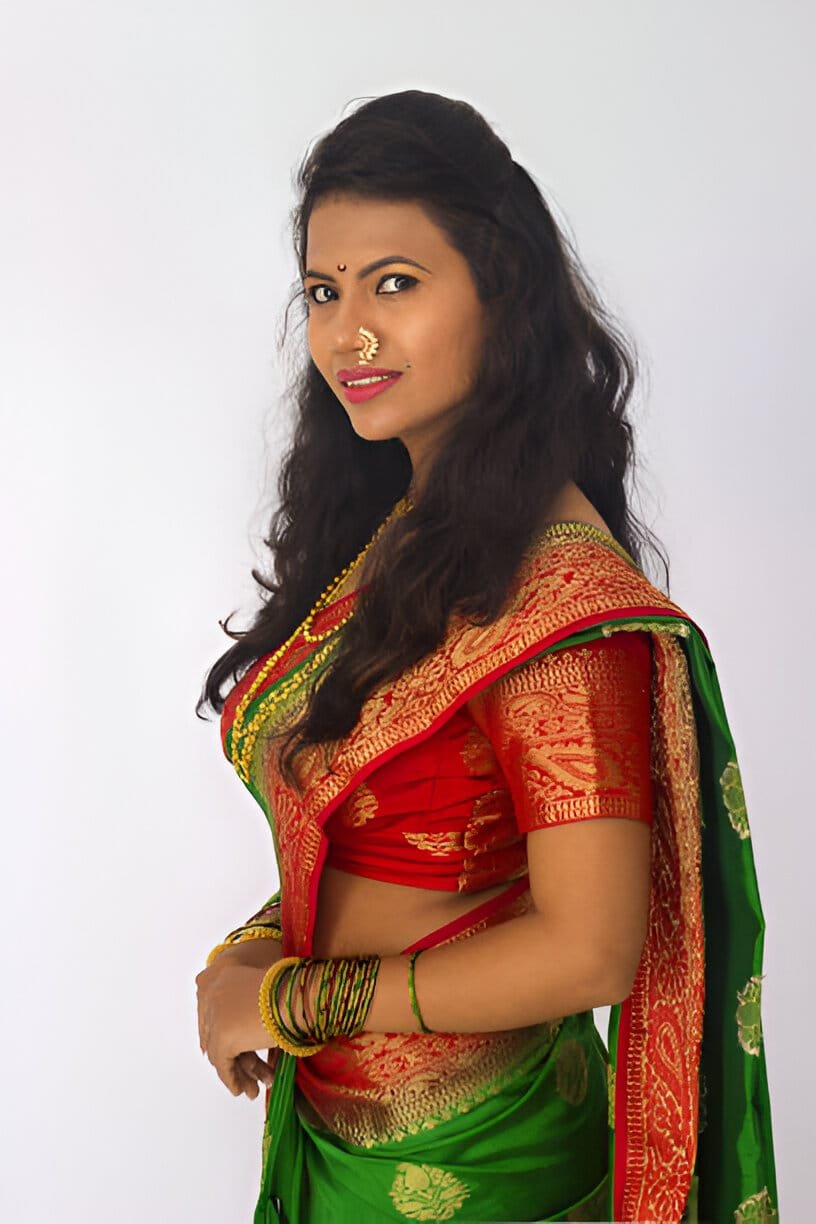
Conclusion
The Patola silk saree is not just a piece of footwear, it is India’s cultural heritage standing for India’s rich cultural heritage as is the fine work of its artisans. Vibrant colorful, intricate patterns that require lots of time and labor intensive double ikat weaving technique, it is one of the most desired saries in the world.
Despite the passage of time, the Patola Silk Saree has achieved the elegance, the tradition and the luxury it represents so well. It may be worn on a bride’s wedding day, on a woman’s festive day, but the Patola saree continues to be a classic and a cherished part of Indian fashion.




